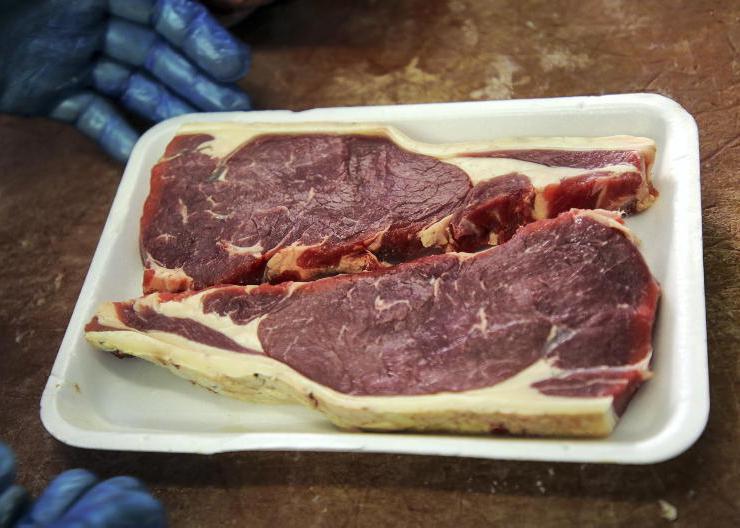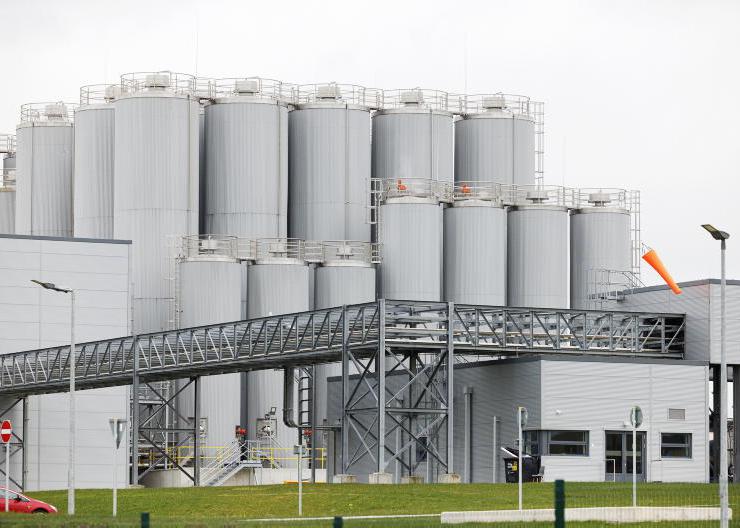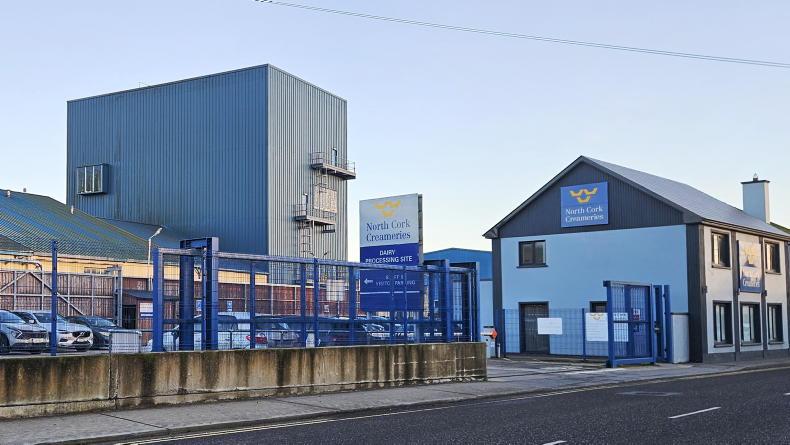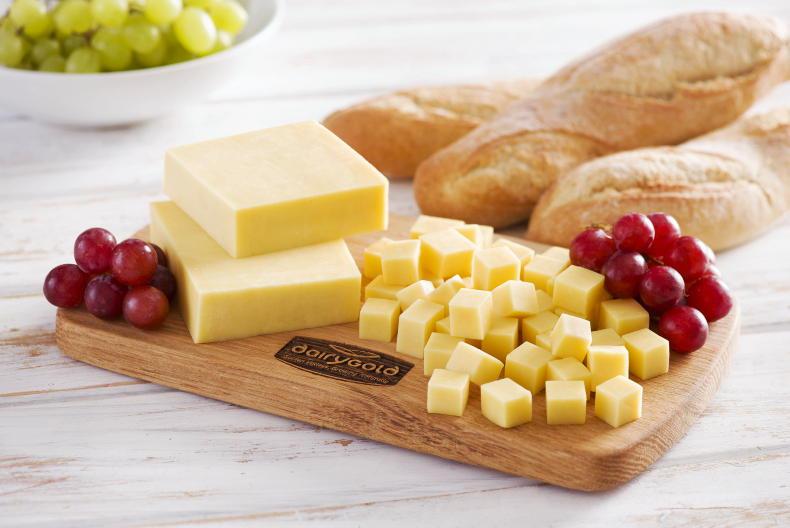There’s not much good news on farm output prices and farm margins this week, with big drops in milk price across the country again and beef, sheep and grain producers also feeling the brunt of weakening commodity prices in recent weeks.
Unfortunately, input prices have not seen a similar drop and, while we can try to cut costs where we can, we are realistically at a new plateau for the foreseeable future with our cost base and this will create a lot of pressure and volatility with farmers’ incomes for the next few years.
We are in the unfortunate position that we pay the transport costs in and out of the farm or, as the saying goes: “The farmer is the only person who buys everything at retail, sells everything at wholesale, and pays the freight both ways.”
There is more than a shred of truth to this saying, with a lot of heavy, bulky products moving on and off farm every day, so farmers are doubly exposed to the increased transport costs over the last few years.
This increase isn’t enough, however, to explain the gap opening up between grain prices paid to tillage farmers and the feed prices charged to livestock farmers on the other side of the equation.
Profiteering
I believe there is much profiteering going on along the supply chain, with a lot of people making a lot of money from farming at the expense of the farmers themselves.
We bought back the Irish milk and feed business into the co-op in the Glanbia region, but there doesn’t seem to be any great advantage to doing this so far, with grain prices down around €200/t and feed prices up around €400/t.
We will have to keep this situation in review and see if we need to go back to a situation where we grow or buy more grain ourselves and process it on farm again.
It might cut out a few freight charges by doing that, but the facilities and labour needed to do this properly might make it prohibitive for most.
Getting too comfortable?
Maybe we are getting too comfortable with the feed bin, the in-parlour feeders and the ease of picking up the phone to order the next load.
At the kind of margin between the combine and the feed bin, though, we definitely need to keep it at the back of our minds at least.
We are backing our clover on farm to produce more of our annual nitrogen requirements in-house, so why not look at our other main inputs the same way?
If the large business-like co-operative doesn’t work, maybe we need to look closer to home to co-operate more with local farmers for different products.
Cooperate across sectors
The recent challenges to all commodity prices should help to stabilise the land rental market for all sectors and, rather than competing for this ground, maybe we should cooperate more across sectors to cut out some of the ‘fat cats’ in the supply chain.
Lower margins, new derogation rules every year, talks of keeping calves for longer, water quality pressure from the Environmental Protection Agency (EPA) and unrealistic emissions reduction targets, will all result in a challenge to hold enough cows to produce enough milk to fill our stainless steel processing capacity.
The main driver, though, will always be the lack of any realistic alternative for dairy farmers that want to get out or reduce numbers.
We will continue to milk the cows in the future, despite all the challenges, but we need to keep a closer eye on those that are making a living milking the farmer.









SHARING OPTIONS